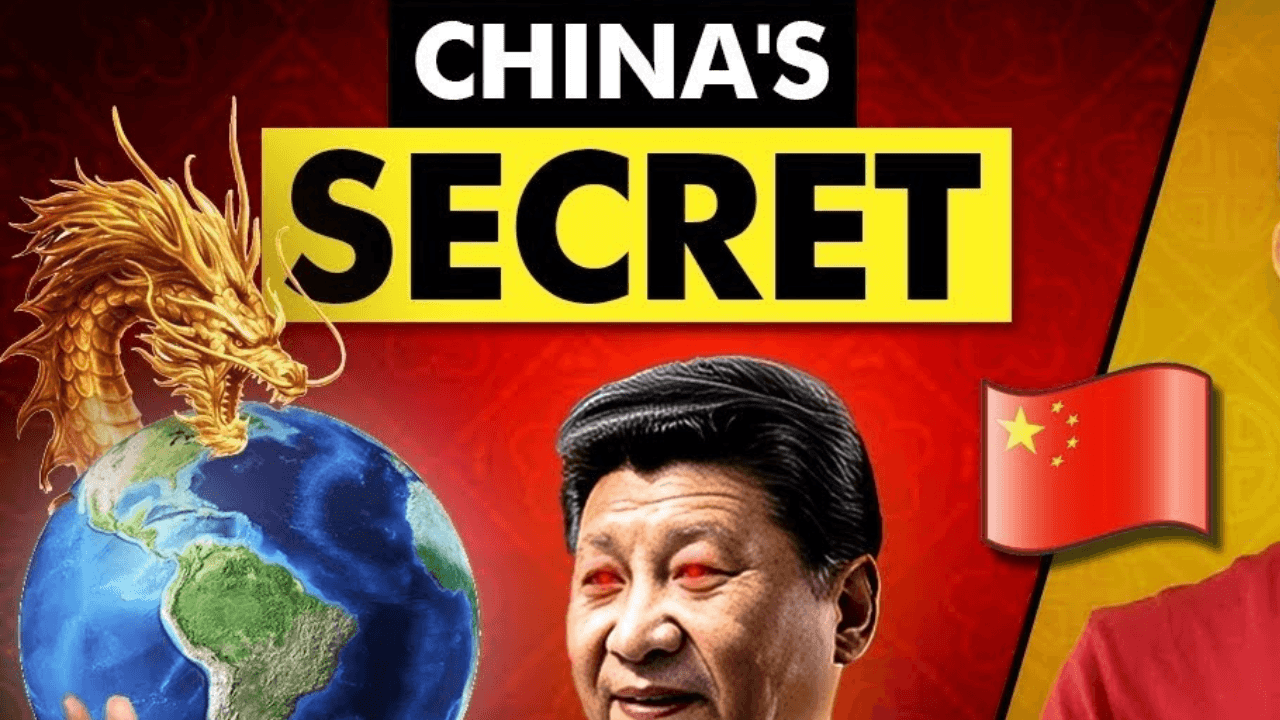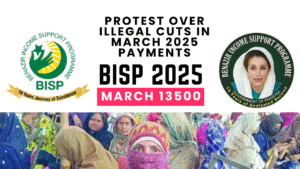China’s Transformation from Poverty to Superpower
China is one of the most powerful countries in the world today, but can you imagine that just 40 years ago, the poverty rate in this country was more than 90%. Poverty and hunger had made the whole country miserable. The people were struggling for basic needs, and survival itself had become a daily challenge.

China’s Contribution to Global Economy
But then in the next 30 years, such a tremendous transformation was seen that this country reached great heights. In the year 1978, China’s contribution to the global GDP was only 2%. Today, China contributes more than 18% to the global GDP. This jump is historic and shows how strategic reforms and long-term planning can uplift a nation’s economy.
China’s Global Status and Economic Growth
Their poverty rate is now less than 1% and China is the second largest economy in the world. In many ways, it can be considered a superpower country. But how was this possible? What magic was seen here? I am here in today’s video to explain this incredible journey and all the efforts behind it.
Origin of the Name ‘China’
The name of the country China comes from a Chinese word Chin, it is written as QIN but the pronunciation is Chin. Chin was the name of an old dynasty which ruled China about 2000 years ago and unified China. Now this is the reason why we often call Chinese people in Hindi as Chini. Which comes from Chin.
Why Chinese Are Called ‘Chini’
And another interesting fact here is that Chinese people do not call their country as China. They use the word Chongguo for their country. This means the Central Kingdom or Middle Kingdom. It reflects how the Chinese have always viewed their country at the center of civilization.
China’s Geography and Population Distribution
If we look at the map, China is the fourth largest country in the world. This country borders India but most of the population of China actually lives on the East Coast, far away from India. This is because the Eastern regions are more fertile and economically vibrant, offering better opportunities for living.
British Exploitation and the Century of Humiliation
Although the British Raj did not completely control China, like they did the Indian subcontinent, but still China was looted in different ways. This is the reason why the period from 1839 to 1949 is called the Century of Humiliation by the Chinese. It started in the year 1839 when the British East India Company sprayed opium on China. Opium is a drug to which the Chinese people became badly addicted.
The Taiping Rebellion and Sino-Japanese War
Then in 1850, a terrible civil war takes place in China in the name of Taiping Rebellion, in which lakhs of people are killed. If we fast forward 40 years, we see the first Sino-Japanese war in 1894. China and Japan go to war with each other over territory.
The Chin Dynasty and World War Involvement
I will not go into much detail but at this time China was ruled by the Chin Dynasty. Do not confuse it with the Qin Dynasty from which its name came. That Qin Dynasty was 2000 years old. This is Chin Dynasty of the 19th century. In the video on World War 2, I explained how China was a part of the Allied powers and was fighting against Japan. In this World War 2, about 30 million Chinese people were killed.
Victory in World War 2 and Hope for Change
Amidst all this, a ray of hope is seen when China finally won World War 2. It started in the year 1927 itself, but when Japan invaded during World War 2, they stopped fighting temporarily. This civil war ended in the year 1949 with the victory of the Chinese Communist Party.
Founding of the People’s Republic of China
First October 1949, People’s Republic of China was born. The leader of the communists and the hero of the revolution was Mao Zedong. Mumen di Sunya su Chanyi dekhe. Chanyi di Sunya su yen hudi ye ye kamp hudekhe.
Mao Zedong and The Great Leap Forward
In the year 1958, the Great Leap Forward Campaign was launched by Mao. Its aim was to bring about an economic and social transformation in the country. There were two policies in it. First, to take away the land from the landlords and distribute it to the farmers. Land redistribution. And then collectivize agriculture.
Collectivization and Failed Industrialization
Agriculture cooperatives were formed so that many farmers could work on the same land. But ultimately the ownership of the land was in the hands of the government. Second, industrialization. These people had built their own steel furnaces in their homes, in the gardens. These were not of good quality, very low quality steel was produced from them. This was a waste of resources.
Famine and the Deadly Impact of Mao’s Policies
In a few years, due to bad weather and some other master stroke policies of Mao, the situation became so bad that there was famine in the entire country. Such a terrible famine came that around 20-40 million people died in this famine in China. It is said to be one of the deadliest famines in history.
Dictatorship and Lack of Accountability
Simply put, Mao Zedong was a dictator and since there is no checks and balances system for dictators which is there in a normal democracy, dictators often have the habit of doing whatever they want without thinking and testing.
The Sparrow Extermination and Ecological Misjudgments
Mao took such decisions which worsened the condition of China. Another such example of such a decision was the sparrow extermination. Mao’s purpose was to increase food production. So an order was given that all the sparrows, whatever number they had, should be exterminated. Then later some scientist used his brain and found out that if you kill all the birds then those insects increase and damage the crops even more.
Cultural Revolution and Mass Repression
But Mao Zedong was not ready to accept his mistake. Another campaign is started, Cultural Revolution, in 1966. From the name it would seem that its purpose was to bring a revolution of culture in our country, but its real purpose was to give control to Mao and suppress the opposition.
Red Guards and Suppression of Dissent
Propaganda and PR machinery are used extensively here. To demonstrate his power, Mao even swims himself in the Yangtze River. A civilian army is formed by the students by the name of Red Guards. Red Guards, Mao’s loyal soldiers, target those who are against Mao.
Targeting of Intellectuals and Fear Culture
Intellectuals, party officials, anyone who was not loyal to Mao’s ideology was targeted, publicly humiliated and often violence was also used against them. There were people within the communist party itself who were criticizing the cultural revolution, criticizing Mao and they too were targeted by the Red Guards.
Destruction of Heritage and Social Chaos
An atmosphere of fear was created in the name of this revolution in the entire country. People were encouraged to look at their neighbors, look at their family members, wherever they see a traitor, a traitor, traitor means anyone who speaks against Mao’s ideology. Historical sites and cultural artifacts in the country were destroyed. People’s lives were deeply affected.
Impact on Tibet and the Toll on Lives
This was the time when the people of Tibet were also tortured. I have told its story in the Dalai Lama video. If you have not seen it, I will put its link in the description below. Finally Mao realised the consequences. Estimates vary greatly depending on your source, but it is said that the number of people who lost their lives would be between hundreds of thousands to two million.
Positive Developments under Mao’s Era
But it is not that only failures and bad things were seen during Mao’s time. There were some positive achievements as well, especially in the matter of women’s equality and education. During Mao’s time, a nation-wide public education system was established.
Education and Women’s Equality Reforms
It was during this time that a strong foundation was built, with the help of which China brought millions of people out of poverty. As you will see later in the story, their government made strategic investments in education, in the fields of science, technology, engineering and mathematics, which are called STEM fields.
Rise of Deng Xiaoping and Economic Reforms
But if we come back to our time of 1976, then after the departure of Mao in China, a new leader emerged, Deng Xiaoping under the Chinese Communist Party. He is also called the Father of Modern China because the real transition took place during his time.
Deng Xiaoping’s Vision and Leadership
Deng Xiaoping was among those people who raised their voice against Mao during Mao’s time. Due to this, he was forced to resign from all his positions during the Cultural Revolution. So it was obvious that Deng Xiaoping’s ideology was quite different from Mao’s ideology. Deng believed that the government should not go beyond its limits.
Introduction of Land Leasing to Farmers
That is why he initiated economic liberalization in his policies. It was not allowed for any individual to own land. All ownership was in the hands of the government at the local level. Deng said that if this ownership is not changed, the ownership will still remain in the hands of the village government, but we will lease land to individual farmers and their families on long term contracts.
Freedom for Farmers and Agricultural Productivity
Then those farmers will have the right to decide which crops they want to grow, how to manage their business and from where to earn profit. The farmers got more freedom to grow crops of their choice. So this motivated the farmers to innovate. Their productivity increased.
Industrial Reform and Factory Autonomy
What was it till now? In Mao’s time, the responsibility of managing the industrial factories in China was given to the people of the Communist Party. Political interference was very high. Deng said that from now on, the responsibility will be given to the people of the Communist Party. Imagine yourself, there is a factory which makes shoes.
Now the workers working in the factory and the managers have the right to decide how many shoes should be produced, which materials should be used, at what price those shoes should be sold and how much salary should we all pay?



